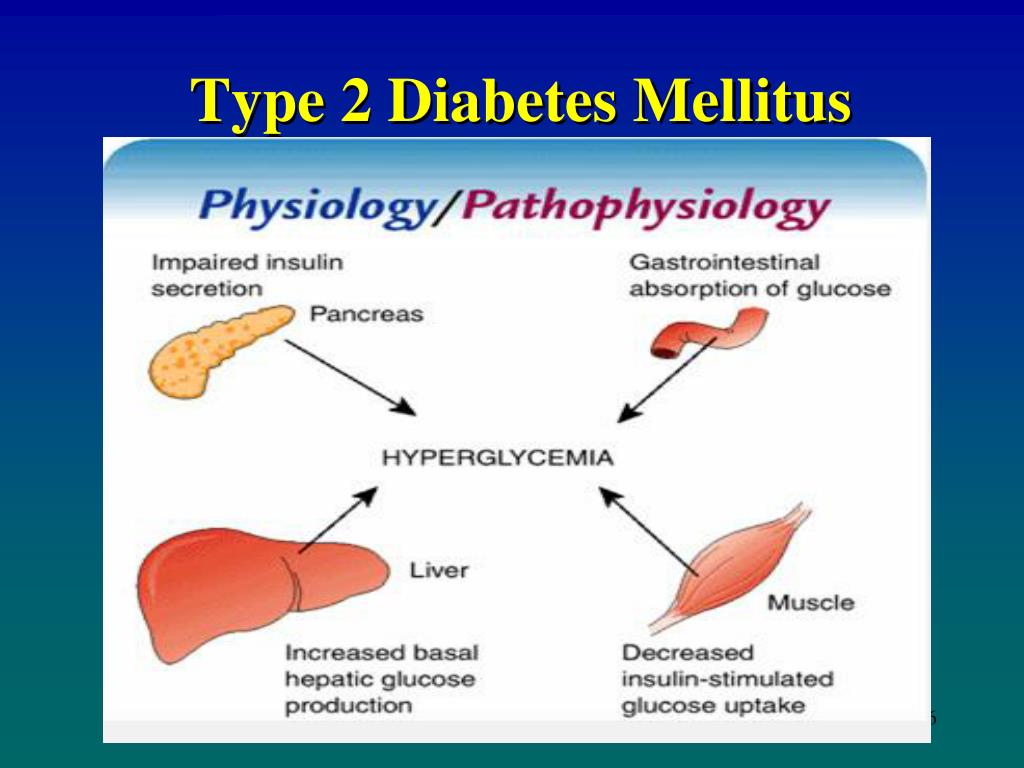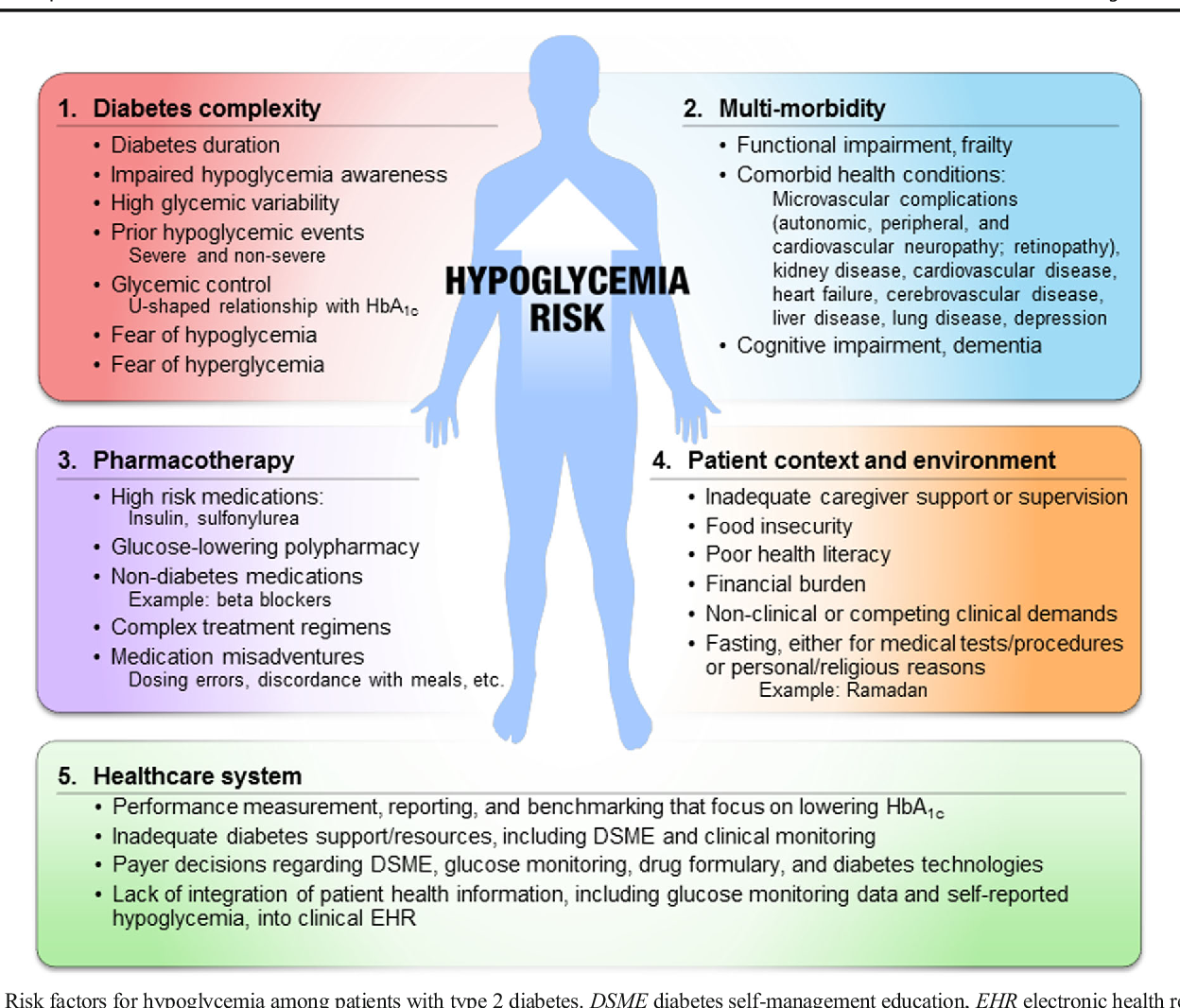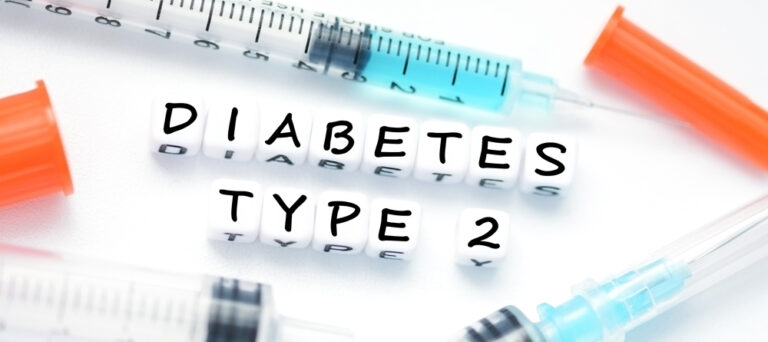type 2 diabetes mellitus with hypoglycemia without coma icd 10 Diabetes mellitus type pathophysiology hyperglycemia powerpoint ppt assessment patients chapter management etiology presentation disease undetected onset gradual person many years
Diabetes is a disease that affects millions of people worldwide. It is a condition that alters how your body processes glucose or blood sugar. Type 2 diabetes occurs when your body is unable to produce enough insulin or fails to use insulin effectively. Insulin is a hormone produced by the pancreas that regulates your blood sugar levels. When your body cannot produce enough insulin or fails to use it effectively, glucose accumulates in your bloodstream, resulting in high blood sugar levels. There are many risk factors that increase your chances of developing type 2 diabetes, including genetics, obesity, sedentary lifestyle, and poor diet. If left untreated, diabetes can lead to many complications, including heart disease, kidney failure, nerve damage, and blindness. An important part of managing diabetes is regular monitoring of blood sugar levels and maintaining a healthy diet and exercise regimen. Depending on the severity of your condition, your doctor may prescribe medications or insulin therapy. It is also crucial to educate yourself about the disease and understand its causes and symptoms. Regular check-ups with your healthcare provider are essential to manage and prevent complications. One way to manage diabetes is through proper nutrition and diet. Eating a healthy and balanced diet can help you maintain stable blood sugar levels and prevent complications. It is recommended that individuals with type 2 diabetes limit their intake of sugar and refined carbohydrates and focus on consuming complex carbohydrates and fiber-rich foods. Foods high in healthy fats, such as nuts and avocados, can also help regulate blood sugar levels. In addition to diet and exercise, medications and insulin therapy may be necessary to manage type 2 diabetes. It is essential to follow your doctor’s instructions and regularly monitor your blood sugar levels to prevent complications. If you or someone you know has been diagnosed with type 2 diabetes, it is important to seek medical attention and follow a plan of care. With proper management and lifestyle changes, individuals with type 2 diabetes can live healthy and fulfilling lives. Remember to prioritize your health and take care of yourself. Together, we can work towards managing and preventing type 2 diabetes.
If you are searching about PPT - Chapter 41 Assessment and Management of Patients With Diabetes you’ve visit to the right page. We have 5 Pics about PPT - Chapter 41 Assessment and Management of Patients With Diabetes like Icd 10 Code For Diabetes Type 2 With Ketoacidosis - DiabetesWalls, PPT - Chapter 41 Assessment and Management of Patients With Diabetes and also The Risk of Hypoglycemia in Type 2 Diabetes - Monarch Medical Technologies. Here you go:
PPT - Chapter 41 Assessment And Management Of Patients With Diabetes
 www.slideserve.comdiabetes mellitus type pathophysiology hyperglycemia powerpoint ppt assessment patients chapter management etiology presentation disease undetected onset gradual person many years
www.slideserve.comdiabetes mellitus type pathophysiology hyperglycemia powerpoint ppt assessment patients chapter management etiology presentation disease undetected onset gradual person many years
Icd 10 Code For Diabetes Type 2 With Ketoacidosis - DiabetesWalls
 diabeteswalls.blogspot.comicd coding icd10 bradycardia sinus billing unspecified failure congestive keygen economics ponad pintereście pomysłów ketoacidosis aligncenter align
diabeteswalls.blogspot.comicd coding icd10 bradycardia sinus billing unspecified failure congestive keygen economics ponad pintereście pomysłów ketoacidosis aligncenter align
Figure 1 From Hypoglycemia Among Patients With Type 2 Diabetes
 www.semanticscholar.orgdiabetes hypoglycemia type risk prevention
www.semanticscholar.orgdiabetes hypoglycemia type risk prevention
Difference Between Diabetes And Hypoglycemia - Effective Health
 deathhealth.blogspot.comhypoglycemia diabetes hyperglycemia hypo hypoglycaemia glucose puasa mellitus serum membatalkan pcos plasma slidesharetrick perubatan kkm rawatan symptome kini hypoglykämie hyperglycaemia
deathhealth.blogspot.comhypoglycemia diabetes hyperglycemia hypo hypoglycaemia glucose puasa mellitus serum membatalkan pcos plasma slidesharetrick perubatan kkm rawatan symptome kini hypoglykämie hyperglycaemia
The Risk Of Hypoglycemia In Type 2 Diabetes - Monarch Medical Technologies
 monarchmedtech.comhypoglycemia risk monarch
monarchmedtech.comhypoglycemia risk monarch
Icd coding icd10 bradycardia sinus billing unspecified failure congestive keygen economics ponad pintereście pomysłów ketoacidosis aligncenter align. Diabetes mellitus type pathophysiology hyperglycemia powerpoint ppt assessment patients chapter management etiology presentation disease undetected onset gradual person many years. Difference between diabetes and hypoglycemia